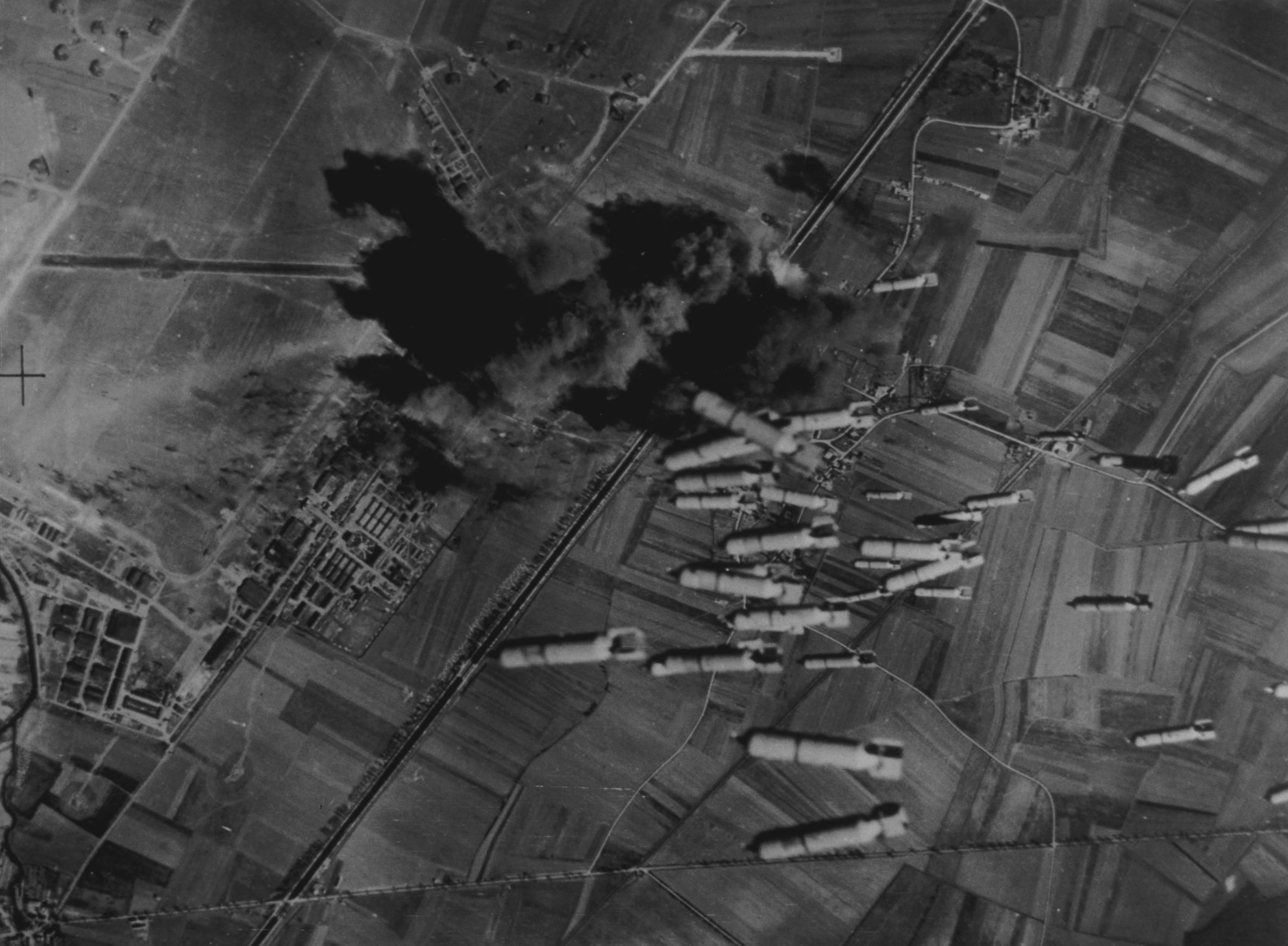It is of little consequence whether, in the heat of a 1779 naval battle aboard the frigate Bonhomme Richard — its deck slick with blood, its hull splintered by cannon fire — Capt. John Paul Jones shouted to the opposing British captain, “I have not yet begun to fight!”
Nor does it matter whether Jones actually founded the Navy, won the American Revolutionary War on the seas or was an object of admiration among society ladies in Paris.
Jones stands tall in legend because he stood firm against adversity, especially when the odds were stacked against him. The Scottish-born captain was American by choice, not birth, and it was the man’s heartfelt defense of his adopted nation’s interests abroad that ranked him high in the pantheon of Revolutionary War heroes.
In the century following Jones’ 1792 death, myths and yarns woven around his career emerged and flourished. Yet his body lay abandoned in a forgotten grave in Paris, until Horace Porter, a retired Civil War general, was appointed U.S. ambassador to France and made it his personal mission to find Jones’ remains and repatriate them to the United States.
“I felt a deep sense of humiliation as an American citizen in realizing that our first and most fascinating naval hero had been lying for more than a century in an unknown and forgotten grave,” Porter wrote in a detailed report on his 1899–1905 search for Jones’ resting place.
Porter found the grave in early 1905, and Congress approved $35,000 to exhume Jones’ body.
President Theodore Roosevelt dispatched a squadron of warships to bring him home for interment in a memorial sarcophagus at the U.S. Naval Academy in Annapolis, Maryland.
The story of Porter’s search is one of painstaking historical detective work, buoyed by the financial and political backing of two nations.
Like Jones at the helm of Bonhomme Richard in 1779, they did not give up the fight.
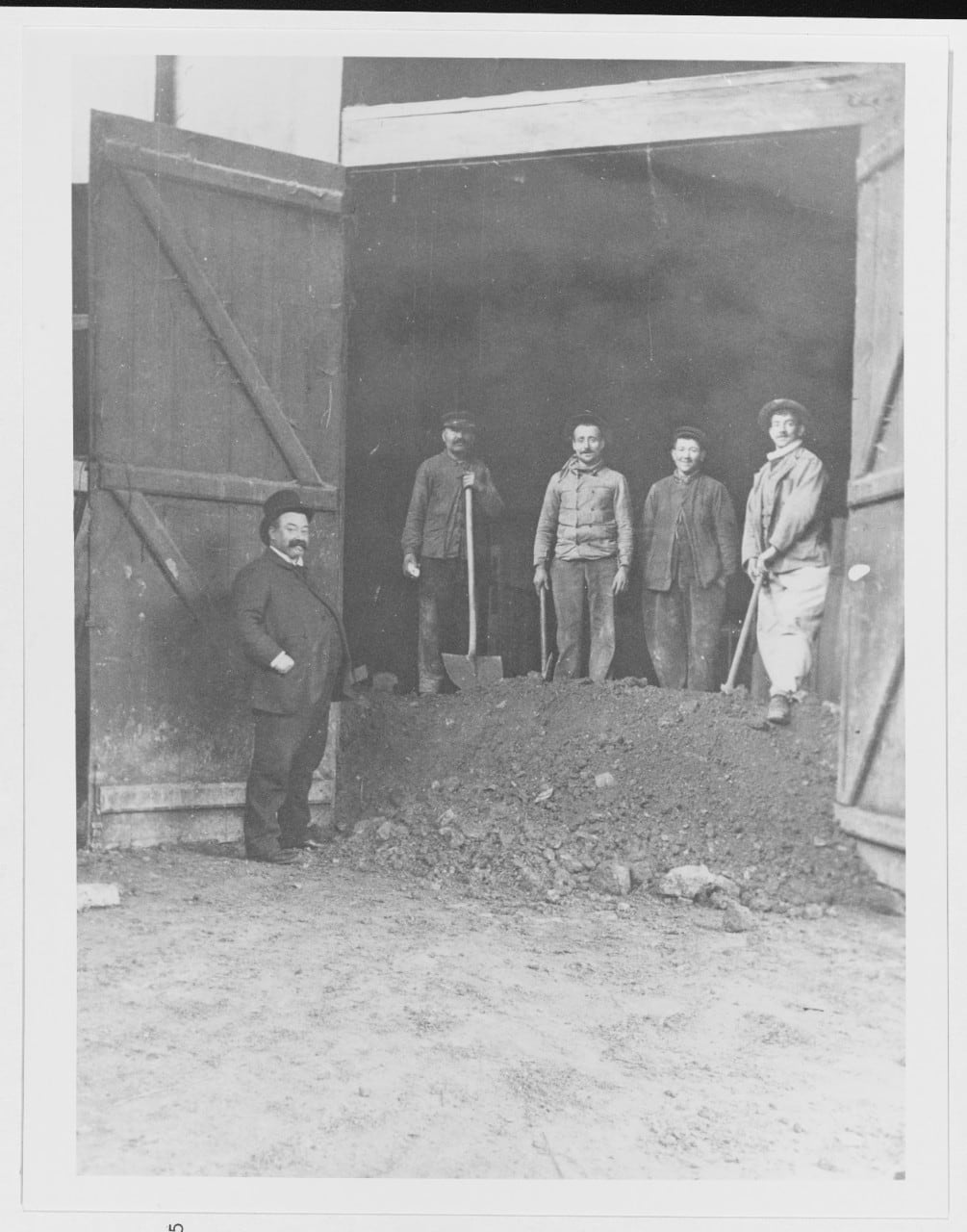
Horace Porter began with the paper trail — an official French certificate attesting to Jones’ death on July 18, 1792; a letter written by the captain’s friend Col. Samuel Blackden to Jones’ sister Jenny in Scotland, noting the body had been preserved in a lead coffin in hopes of future repatriation; and, finally, a vague description of his burial in a Parisian “cemetery for foreign Protestants.”
Porter traced that description to the long since abandoned Saint-Louis Cemetery, named for the neighboring hospital, which lay in the French capital’s northeastern suburbs.
At the time of Jones’ death he was well known and respected in France, even in those dangerous days of 1792, with the monarchy in a tailspin and belligerent Austro-Prussian neighbors threatening the revolutionaries with war.
Jones lived alone in an apartment on the fashionable Rue de Tournon, a block from the Luxembourg Gardens. Though he had suffered from failing kidneys and edema for some time, the week before his death he had attended a National Assembly meeting and then supped with friends at a café.
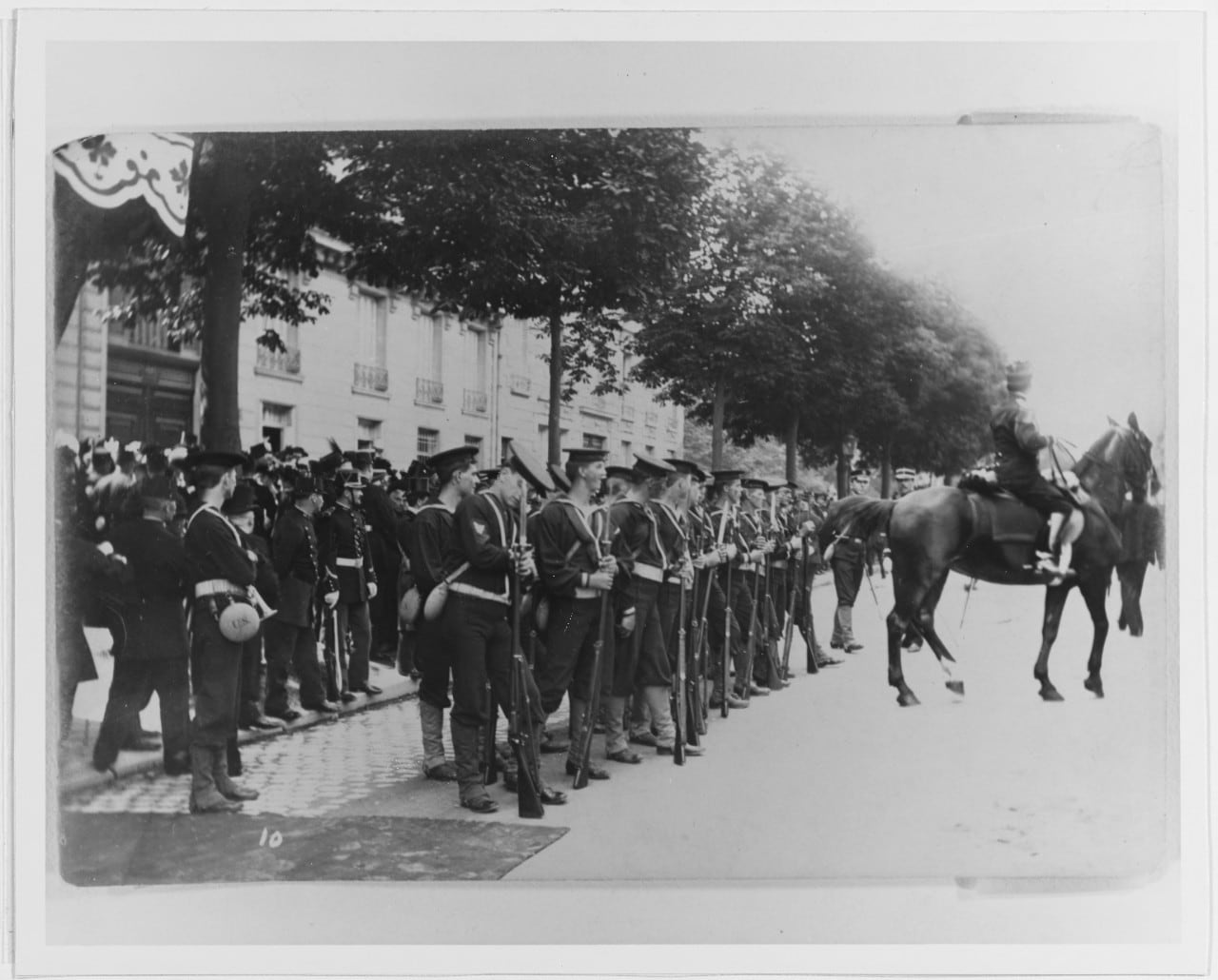
Blackden, a Continental Army veteran and North Carolina planter then trading between France and the United States, had watched his friend’s condition spiral in the days before his death.
He announced Jones’ passing to the National Assembly by letter on July 19, noting with disgust that U.S. Minister to France Gouverneur Morris had requested Jones be interred “in the most private manner and at the least possible expense.”
The affront also outraged Pierre-François Simonneau, Louis XVI’s commissary, whose duties included oversight of foreign Protestant burials.
“A man who has rendered such signal services to France and America,” Simonneau told Blackden, “ought to have a public burial,” adding that if America didn’t pony up the expense, he would pay it himself.
In fact, Simonneau did — to the sum of 462 francs, more than three times the cost of an ordinary funeral. (A century later Porter searched in vain for any of Simonneau’s descendants, hoping to repay the commissary’s generosity with interest.)
On July 20, in the presence of Simonneau, Blackden, two-dozen other friends and a handful of assemblymen, a Dutch Protestant pastor gave a florid oration, a detachment of grenadiers fired a musket volley and pallbearers slowly lowered Jones’ lead coffin into his freshly dug grave.
It would remain undisturbed if not remembered or revered.
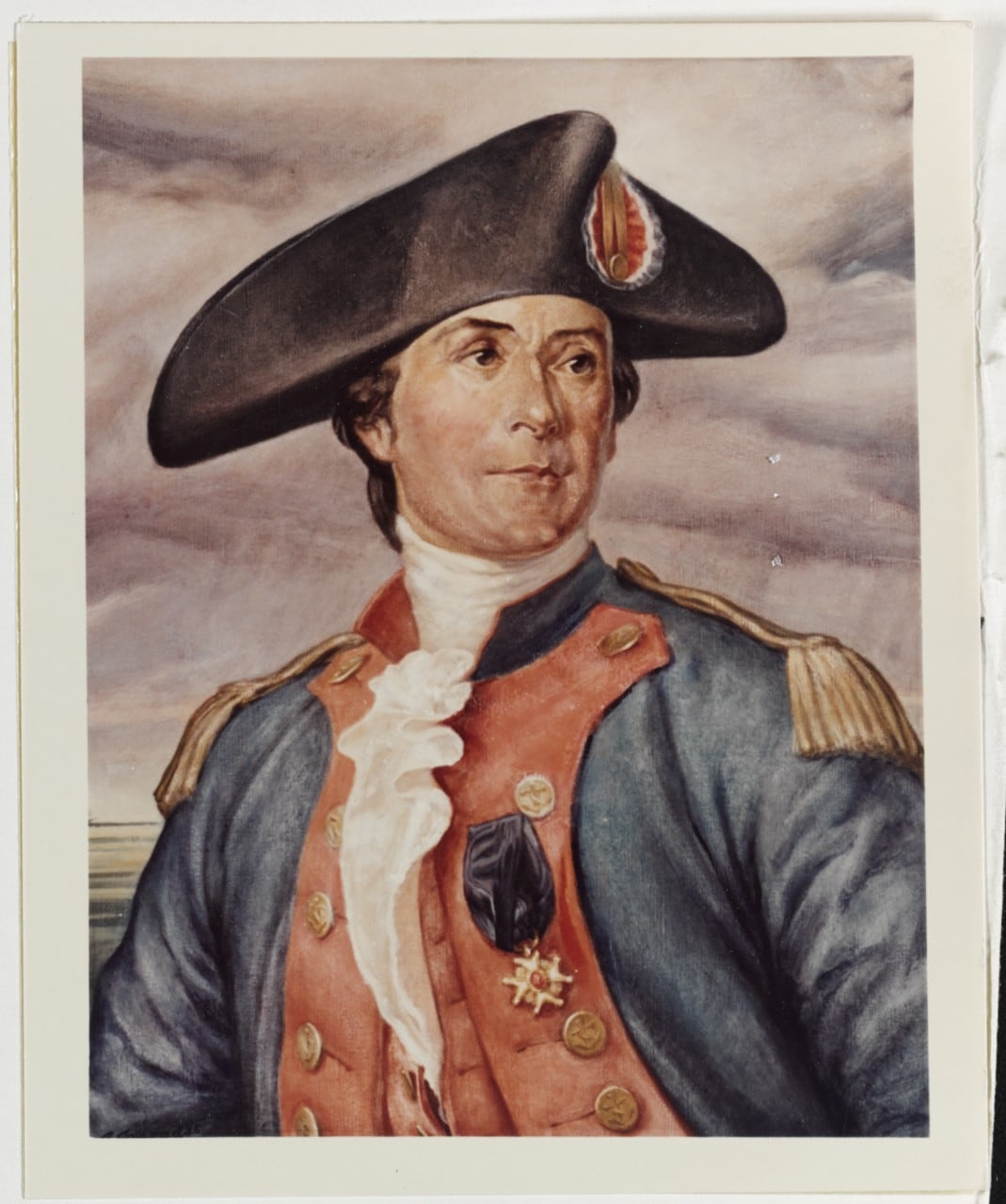
Six months after Jones’ burial Parisian officials closed Saint-Louis Cemetery, abandoning its upkeep and later selling the site to private owners. The grounds were used alternately as a garden and a garbage dump before builders raised a laundry, a hotel, houses and attached stables atop it.
Porter hired a quarry engineer, who ultimately excavated some 900 feet of shafts and galleries to unearth the graves. When the owners of the laundry demanded an enormous sum to allow the search for the great American admiral to proceed, Porter summoned legendary French police prefect Louis Lépine to negotiate an acceptable compromise.
Fortunately for Porter, he also found willing support among French politicians all the way up the line.
Jones had sailed with the French fleet during the Revolutionary War, even while refusing to fly any but the American colors. Early in his command he flew the recently revived Gadsden flag (featuring a coiled rattlesnake atop the legend Don’t Tread on Me), then red-and-white-striped ensigns as the flag evolved.
On Feb. 14, 1778, eight days after France signed a treaty with the nascent United States, a French captain exchanged salutes with Jones on the American sloop-of-war Ranger — the first foreign recognition of a vessel flying the Stars and Stripes.
While commanding ships for the Continental Navy between 1775 and ’83, Jones captured upward of 40 ships for a value of $181,000. The captain received a portion; the rest was earmarked for the coffers of the growing government.
While the French navy appreciated Jones, so did the ladies of the court. In December 1784 Abigail Adams confided her own feelings in a letter to her niece:
I should sooner think of wrapping him up in cotton wool and putting him into my pocket than sending him to contend with cannon ball.
He is small of stature, well proportioned, soft in his speech, easy in his address, polite in his manners, vastly civil, understands all the etiquette of a lady’s toilette as perfectly as he does the masts, sails and rigging of a ship. Under all this appearance of softness he is bold, enterprising, ambitious and active.
He has been here often and dined with us several times. He is said to be a man of gallantry and a favorite amongst the French ladies.
But Jones did “contend with cannon ball” at sea, most notably off Flamborough Head along the Yorkshire coast of England in the fall of 1779.
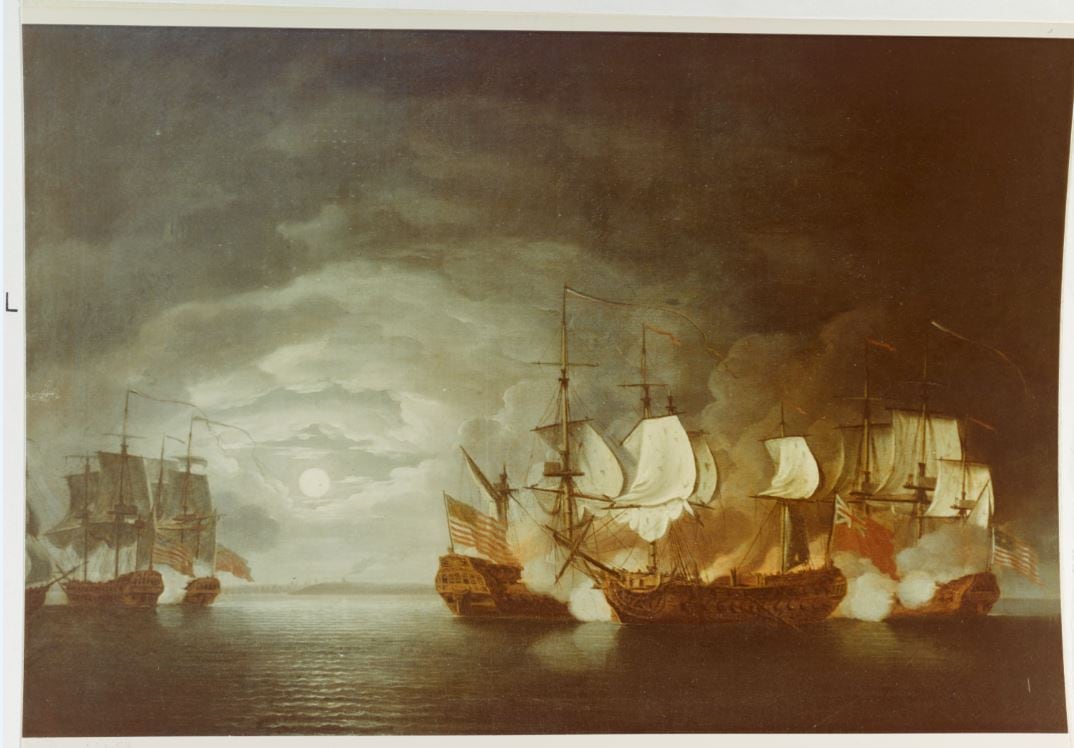
By then he’d taken command of Bonhomme Richard, a former French merchantman donated to the American cause by Louis XVI, its name a reference to Poor Richard’s Almanac (Les Maximes du Bonhomme Richard), the popular annual published earlier that century by U.S. Minister to France Benjamin Franklin.
On the evening of Sept. 23 Jones encountered the British Serapis, a fifth-class warship under Capt. Richard Pearson.
As the ships exchanged broadsides, two of Jones’ 18-pounders burst on firing, killing their crews and prompting the captain to abandon the remaining four. The Americans were outgunned, and soon both ships were burning, the tar on Bonhomme Richard proving impossible to extinguish.
In desperation Jones ordered grappling hooks thrown aboard Serapis. As Bonhomme Richard and Serapis drew together, the American warship Alliance, under the jealously unstable Capt. Pierre Landais, closed in and fired on the entangled ships, seemingly content to sink both and claim victory for himself (he was later stripped of command).
After the staff holding Bonhomme Richard’s flag was shot away and fell into the water, Pearson shouted over to ask whether the Americans had struck their colors. No one heard Jones’ exact response, though in his journal the captain noted simply he had replied “in the most determined negative.”
Between the holes in the hull and fires on deck, Jones described his circumstances as “really deplorable.” But then the main mast of Serapis began to tremble, and Pearson personally tore the British colors from the stern.
The prize, and history, belonged to Jones. The stricken Bonhomme Richard sank two days later.
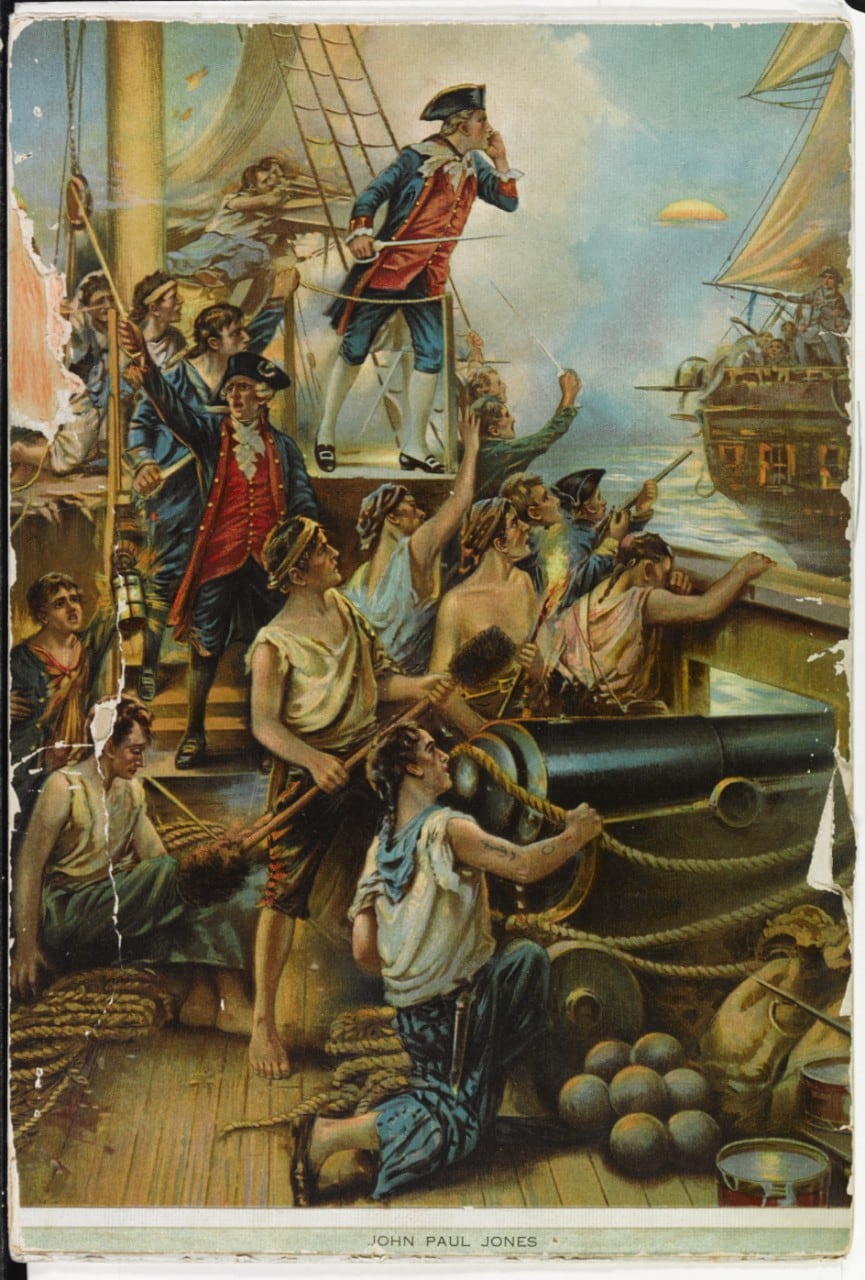
Horace Porter was not the first person who resolved to bring Jones home.
In 1845 Col. John Henry Sherburne, author of the 1825 book The Life of John Paul Jones, took preliminary steps to repatriate the naval hero’s remains.
But Sherburne did not know the location of the body, and Jones’ family in Scotland had not agreed to exhumation. Sherburne’s biography was the first of more than 20 to follow, not counting fictionalized accounts by Alexandre Dumas and James Fenimore Cooper or the many books for children.
Jones continues to fascinate, even on social media, where nefarious “bots” regularly misquote him.
Jones fretted about his reputation both during and after the war, only to be reassured by the likes of George Washington, Benjamin Franklin and Thomas Jefferson.
In 1783 at Congress’ behest he embarked for Europe to collect wartime prize money owed the U.S. government from France, Denmark and other nations. Soon after that commission ended in 1787, Empress Catherine II of Russia invited him to St. Petersburg and asked him to serve in her war against the Ottoman Turks.
Jones agreed, and through the spring of 1789 he served as a rear admiral under Prince Grigory Potemkin. But the expat admiral ultimately fled Russia in a manufactured scandal involving an underage girl.
That December he wrote to Washington about “the danger to which I was exposed by the dark intrigues and mean subterfuges of Asiatic jealousy and malice.”
In the spring of 1790 Jones arrived in Paris, where he scraped by on his Russian pension. In August 1791 Jefferson wrote him a reassuring letter, stating in part, “No proof was necessary to satisfy us here of your good conduct everywhere.”
Jones’ last letter from Jefferson, dated June 1, 1792, informed him Congress had approved his commission as a negotiator for ransoming captives from Algiers. Jefferson noted that 13 of 28 Americans taken in 1785 were still being held (the others had died or escaped), the Algerians demanding some $30,000 for their return.
Jones had no chance to prove his diplomatic skills; he died within weeks of receiving the letter.
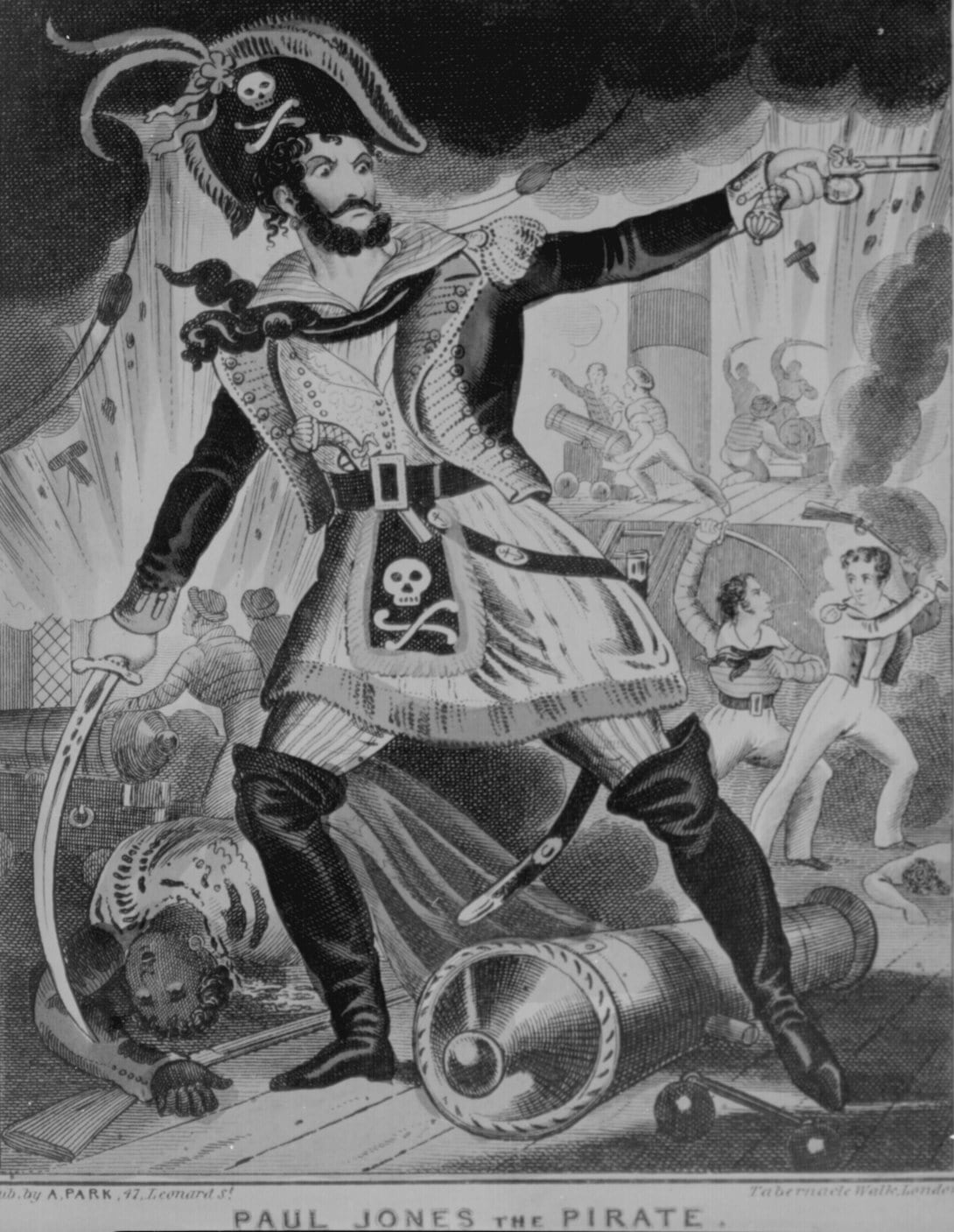
Congress had consistently supported Jones and did not hesitate to thank him in a formal 1781 resolution, an honor extended to only five other officers for their wartime service — Washington, Horatio Gates, Anthony Wayne, Daniel Morgan and Nathanael Greene — generals all.
Congress also ordered a medal struck with Jones’ likeness, one of a series that included Gilbert du Motier, marquis de Lafayette; Jean-Baptiste Donatien de Vimeur, comte de Rochambeau; Charles Henri Hector, comte d’Estaing; and François Joseph Paul de Grasse — commanders of the French forces that helped win the American Revolutionary War.
Like Lafayette, Jones was a hero on both sides of the Atlantic.
Can he be considered the founder of the U.S. Navy? At the outset of the war Jones urged members of the Continental Congress to establish a more formal force than its Naval Committee overseeing refitted merchant ships.
After the revolution, with the wartime naval fleet disbanded, Jones continued to push. In December 1789 he appealed in a congratulatory letter to newly elected President Washington.
“Your name alone, sir, has established in Europe a confidence that was for some time before entirely wanting in American concerns,” he wrote. “I own, however, that I should have stronger hopes if America had created a respectable marine, for that argument would give weight to every transaction with Europe.”
Circumstance, and Barbary Coast pirates, ultimately brought the U.S. government around to Jones’ view.
In his eulogy to Jones following the return of the captain’s body to Annapolis, President Roosevelt hammered the same nail with his habitual subtlety.
“Those of you who are in public life,” he said, “have a moral right to be here at this celebration today only if you are prepared to do your part in building up the Navy of the present; for otherwise you have no right to claim lot or part in the glory and honor and renown of the Navy’s past.”
Roosevelt, too, sought a bigger and better fleet.
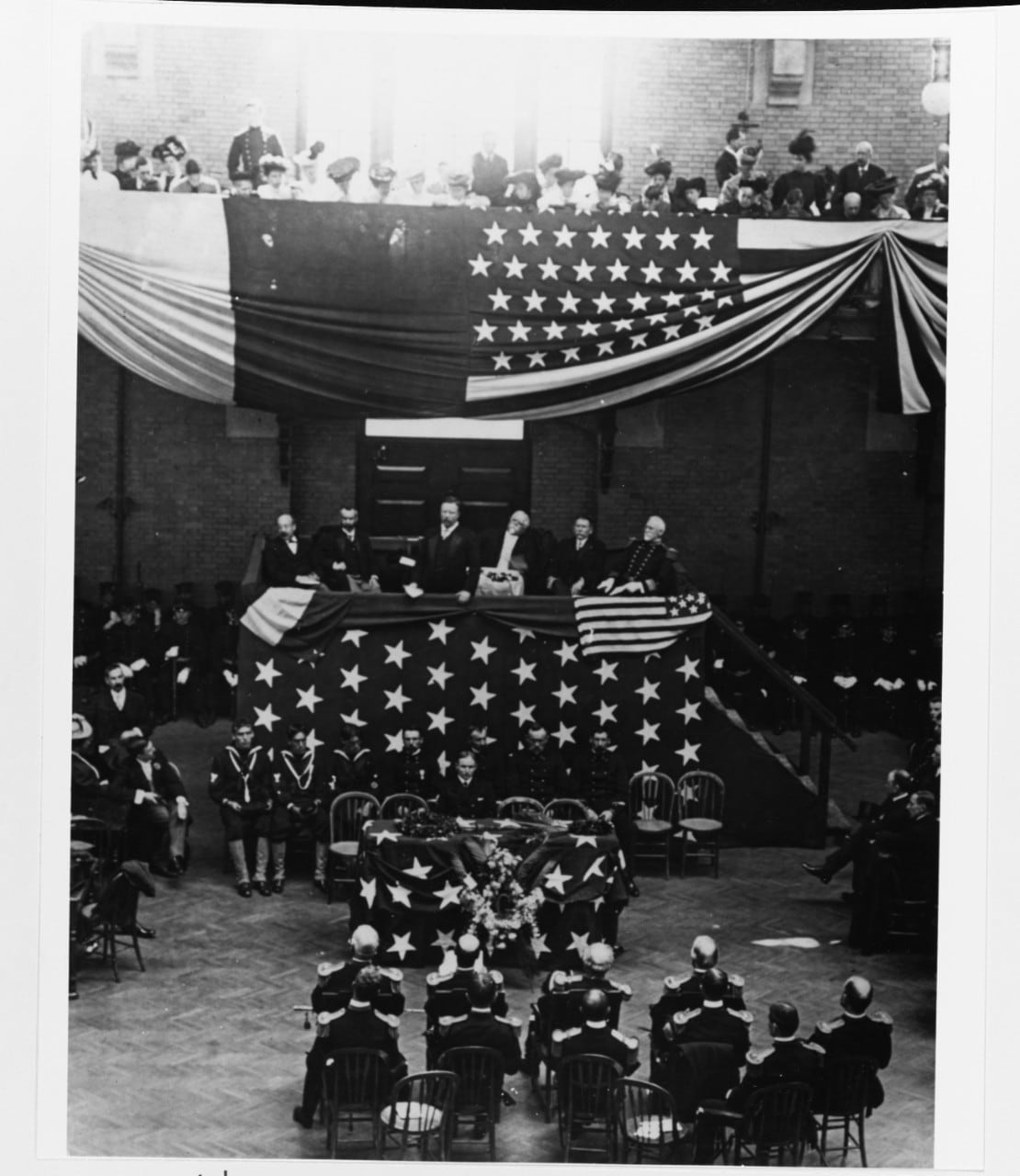
On March 31, 1905, after months of digging and false leads, Porter’s excavation crew found a promising coffin.
Seven days later, after opening a ventilation shaft to the gallery, they opened the coffin.
The body inside had been bound in a linen winding sheet and the coffin then filled with alcohol (since evaporated) and packed with hay and straw, as if to protect its contents for a long journey. The resulting state of preservation meant a century later it was possible to positively compare the face to a medallion bearing Jones’ image.
Porter didn’t consider physical semblance adequate evidence, however, and employed forensic experts to perform tests on the body. Their results confirmed it was indeed that of Jones.
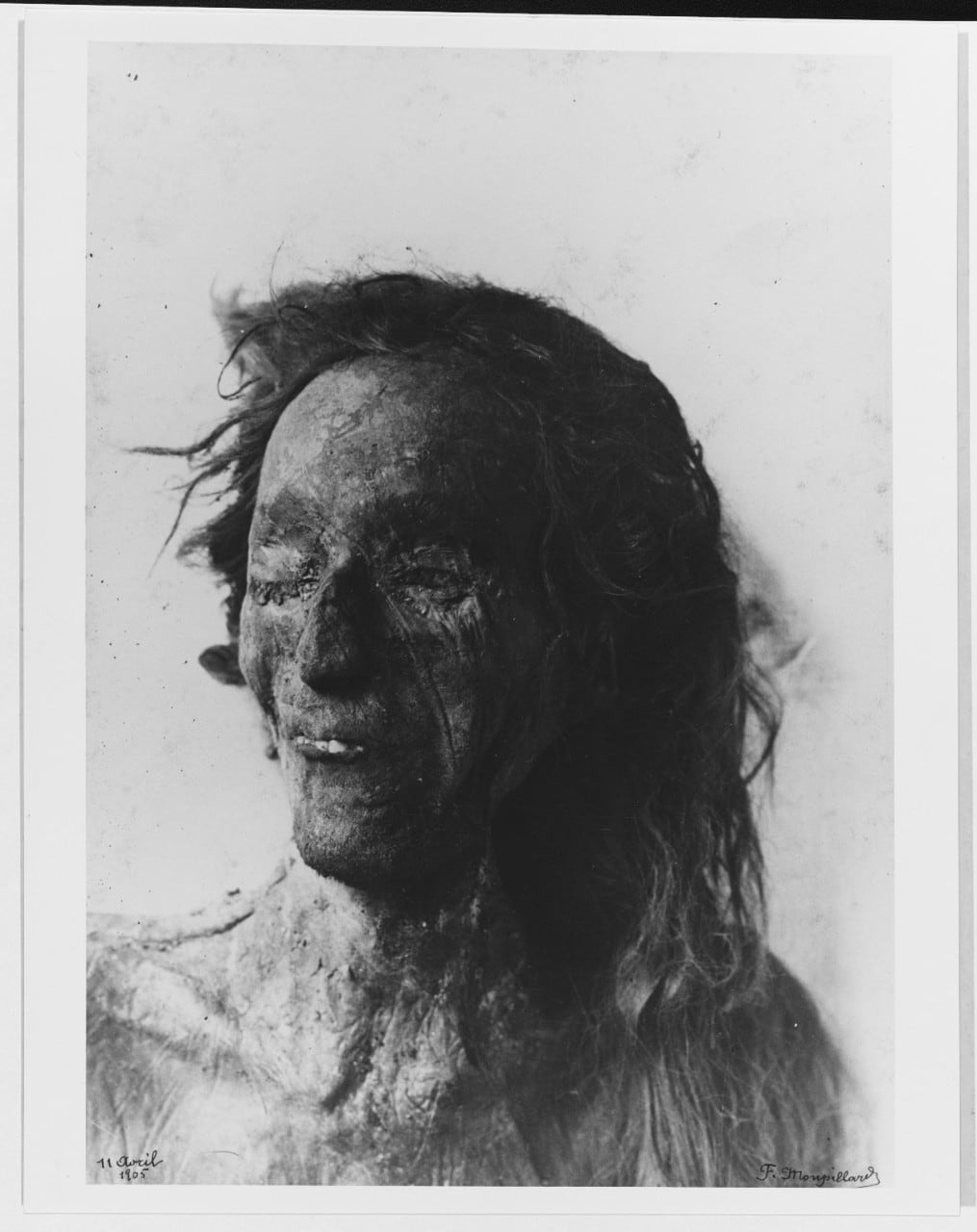
On July 6, the 158th anniversary of Jones’ birth, French and American politicians, military officers and notables from throughout Europe crowded into the flag- and flower-adorned American Church of the Holy Trinity in Paris for a ceremony of transfer, beginning with the hymn “O God, Our Help in Ages Past” and ending with “Onward, Christian Soldiers.”
In a solemn procession attended by thousands of onlookers, a contingent of 500 U.S. sailors and a regiment of French cuirassiers marched down the Champs-Élysées behind a horse-drawn artillery caisson draped in Old Glory and bearing the casket. Jones’ remains were then taken by rail to Cherbourg, put aboard the armored cruiser Brooklyn and escorted across the Atlantic by three sister cruisers.
Affixed to his ornate marble and bronze sarcophagus in the U.S. Naval Academy Chapel, a brass plaque memorializes not the legend, not the myth, but the essence of John Paul Jones: He gave our Navy its earliest traditions of Heroism and Victory.
The American naval hero was home at last.
RELATED
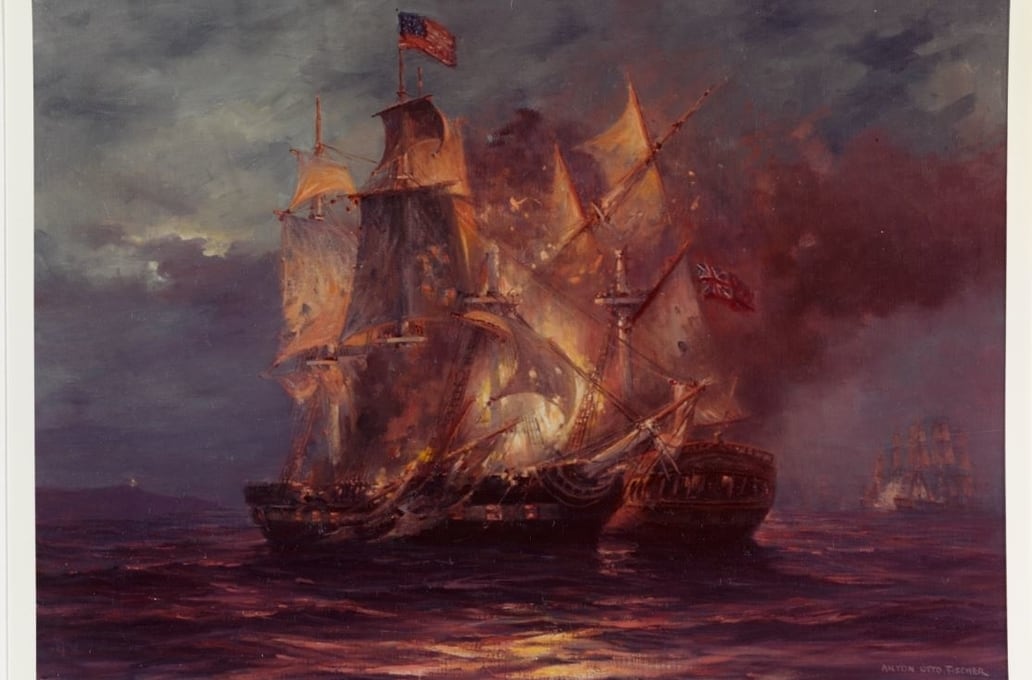
American historian and author Ellen Hampton has lived in France since 1989. For further reading she recommends The Admiral and the Ambassador: One Man’s Obsessive Search for the Body of John Paul Jones, by Scott Martelle, and What Remains: Searching for the Memory and Lost Grave of John Paul Jones, by Robert Hornick. This story originally appeared in Military History Magazine, a sister publication of Navy Times.









